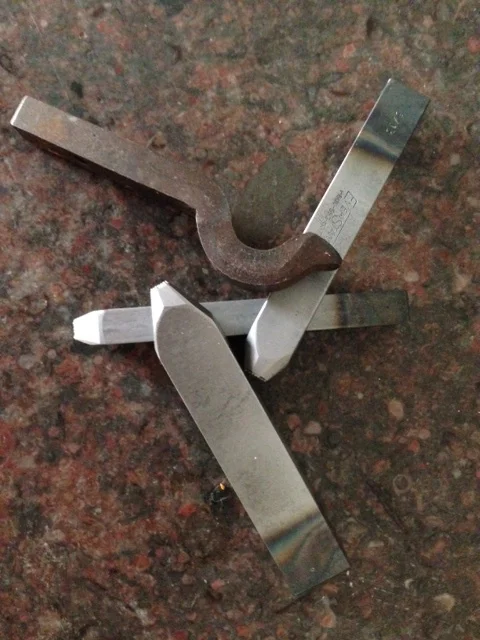What are Hallmarks & Trademarks?
Michael Barbera
What are hallmark and trademarks?
Hallmarks are traditionally issued by nations or governments to authenticate the purity of hand built or manufactured items containing precious metals sold to the public. These items may include: jewelry, watches, flatware or hollowware, to name a few. While hallmarks are not required for articles containing precious metals (gold, silver and platinum) manufactured or hand built in the United States, hallmarking in European countries has been required for centuries. France under Louis IX enacted the Goldsmith’s Statute of 1260 to provide a standard for silver. This decree was expanded to include gold standards in 1313, under Philip IV. Meanwhile in England, King Edward I required all silver to be assayed by the Worshipful Company of Goldsmiths in London’s Goldsmith’s Hall; hence, the name, Hallmark. Many European countries have specific benchmarks for the manufacture and sale of items built in silver, gold and platinum.
Because each country’s criteria for compliance can vary, a single agency to assay the integrity of gold, silver and platinum items has been difficult to accept by the group as a whole. In the United States, there is no third party agency to verify the precious metal content of items for sale to the public, including the dates in which they were made. However, the United States like its European counterparts has standards for precious metals, and a manufacturer’s trademark or maker’s mark is applied to each item sold. In the case of Sterling Silver, 925 parts fine silver per 1000 parts used, American manufacturers will stamp their items with either sterling silver or 925 to show the relative purity of each item. Gold jewelry is trademarked in a similar fashion. In order for gold jewelry to be sold in the United States, it must contain at least 417 parts pure gold per 1000 parts used, Items with this gold content are trademarked 10 karat gold. 14 karat gold is 585 parts pure gold per 1000 parts used. 18 karat gold has 750 parts pure gold per 1000 parts used. Trademarks may include the name of the company or craftsperson responsible for building the item being sold along with the precious metal content. My Sterling Silver trademark has a caricature of my face with 925 beneath it. I hope you have enjoyed this post. Here are a couple of links you might find helpful:
http://en.wikipedia.org/wiki/Silver_hallmarks and http://jewelsonhampton.com/hallmarks-trademarks-makers-marks/
Have a great day.
